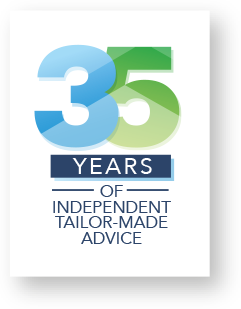Respirator Fit Testing (Mask Fit Test)
Detect leaks. Protect your people.
A respirator only provides effective protection when it seals properly to the wearer’s face. JTA delivers onsite respirator fit testing to ensure every worker’s mask fits securely, performs during movement and provides reliable respiratory protection against airborne contaminants.
Fit testing is essential across manufacturing, construction, healthcare and any workplace where tight fitting respirators form part of your personal protective equipment program.
Why Fit Testing Is Essential
Every face is shaped differently, and respirators vary in design, materials and sizes. Without proper testing, a mask may appear to fit yet still allow contaminants to bypass the seal.
A respirator fit test helps your workplace:
- Confirm correct donning and adjustment
- Match each worker to the correct model and size
- Improve comfort and reduce readjustments
- Ensure compatibility with protective eyewear and other PPE
- Strengthen respiratory protection during movement
- Reinforce the importance of performing a user seal check before each use
A properly fitted respirator protects workers during normal breathing, bending, speaking and even during an involuntary cough.
Fit Test Methods: QNFT and QLFT
Quantitative Fit Testing QNFT
A quantitative fit test QNFT uses a particle-counting instrument to measure how much leakage enters the respirator while the wearer completes a series of exercises.
This method:
- Provides an objective, numerical fit factor
- Is highly accurate
- Is suitable for disposable, half-face and full-face tight fitting respirators
- Confirms the respirator can maintain an effective seal under physical activity
A fit factor of 500 is typically required for full-face respirators, while half-face respirators require a minimum of 100.
Qualitative Fit Testing QLFT
A qualitative fit test QLFT is a pass-or-fail method based on whether the wearer can detect a challenge agent.
This approach is used for specific filtering facepieces and moderate-risk environments.
Both QNFT and QLFT follow established fit test protocols that replicate real working conditions.
deemed a pass.
Clean-Shaven Requirement
Tight fitting respirators depend on direct contact with the skin to form a seal.
Facial hair, including beard mustache growth or short stubble, interferes with this seal and allows contaminants to leak into the respirator.
Workers must be clean shaven in the sealing area before fit testing and whenever a tight fitting respirator is used.
You should keep a written record of fit tests carried out for each worker, including:
- the type of test performed
- the make, model, style and size of respirator tested
- the date and result of the test
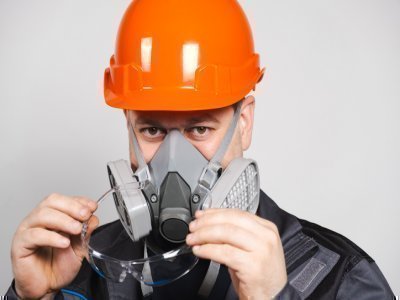
Compliance Requirements
PCBUs must ensure that Respiratory Protective Equipment protects workers effectively. This includes:
- Selecting suitable respirator models and sizes
- Training workers in how to wear a respirator correctly
- Conducting fit testing before first use
- Completing annual re-testing
- Re-testing after changes in facial structure
- Keeping accurate fit testing records
- Ensuring respirators are stored, maintained and replaced when required
Fit testing supports compliance with:
- AS/NZS 1715
- AS/NZS ISO 16975-3
- WHS and OHS requirements for respiratory protection programs
Respirators That Require Fit Testing
Fit testing is required for all tight fitting respirators, including:
- Disposable P1, P2 and P3 respirators
- Reusable half-face respirators
- Reusable full-face respirators
- Tight fitting respirators used with powered air purifying respirators
- Tight fitting airline and SCBA respirators
Loose-fitting hoods used with PAPRs or airline systems do not require fit testing as they rely on positive pressure rather than a facial seal.
How WELs Influence Fit Testing
Australia’s transition to Workplace Exposure Limits (WELs) does not change the fit testing methods set out in AS/NZS 1715 and ISO 16975-3.
However, WELs introduce lower airborne contaminant limits for several substances, which reduces the margin for error. As limits become stricter, workplaces rely more heavily on respirators as a key control.
This increases the importance of accurate respirator fit testing to ensure that:
- Respirators perform their intended function
- Workers remain protected under lower exposure thresholds
- RPE programs remain compliant as WELs come into effect
JTA’s Fit Testing Process
JTA conducts onsite fit testing to minimise disruption. A quiet room with access to power is all that is required.
Our process includes:
- Pre-test briefing and respirator inspection
- Demonstration of correct donning
- User seal check
- Comfort and settling period
- Fit testing using either QNFT or QLFT
- Explanation of results and fit test protocols
- Training on correct use, adjustment, maintenance and storage
Fit test exercises are designed to mimic real tasks, including talking, bending, turning the head and deep breathing, to confirm that the respirator maintains its seal under movement.
Recordkeeping and Documentation
After testing, JTA provides:
- Individual results for each worker
- Fit factor outcomes for quantitative testing
- Pass or fail outcomes for qualitative testing
- The respirator make, model, style and size
- Next recommended test date
- A workplace summary report for compliance and auditing
These records form part of a compliant respiratory protection program.
Book Respirator Fit Testing
Ensure your workforce is protected and ready for the WEL framework. JTA provides onsite respirator fit testing for businesses across Australia.
The 5-minute comfort assessment period is required as part of the overall fit test. Its objective is to allow the respirator to settle to assess if it is comfortable for the wearer before starting the fit test. If a respirator is not comfortable (even if an adequate fit can be achieved), the wearer is likely to adjust or remove the respirator on the job and protection will be reduced or not achieved at all.
Respirators are often worn with other head-mounted PPE such as safety eyewear, earmuffs or hard hats. This PPE can impact how the respirator fits. The objective of a fit test is to replicate how a respirator will be worn on the job. If a fit test is conducted without the other PPE, then it won’t provide an accurate indication of fit. Someone may pass a fit test but when worn on the job with other PPE an adequate fit may not be able to be achieved.
FAQs
RESP-FIT is a national respiratory protective equipment (RPE) fit testing training and accreditation program developed to improve the competency of fit testers against both the Australian and international ISO respirator standards for fit testing. RESP-FIT was developed by the Australian Institute of Occupational Hygienists (AIOH) through close collaboration with many industry stakeholders such as:
- Current RPE fit testers
- State & Territory Regulators
- RPE Manufacturers and Distributors
- Industry, workers and members of the AIOH
Respirator Fit Testing should be conducted by a competent person. The competent person may be an Occupational Hygienist, safety professional, a company employee who has undertaken appropriate training or an external fit test service provider.
A quantitative fit test involves using an instrument to measure leakage around the face seal and produces a numerical result called a “fit factor.” A fit factor of 100 is required for half-face respirators and a minimum fit factor of 500 for a full-face respirator. Qualitative fit tests, which are subjective and rely on the user’s senses, simply yield a pass or fail.
A fit test confirms a fit between a wearer and a particular style, brand or size. A user seal check (fit check) is performed each time the respirator is used to confirm a fit in conjunction with the previously conducted fit test.
Positive pressure loose-fitting headtops or hoods connected to a powered air purifying respirator (PAPR) or a compressed airline hose don’t require fit testing. The amount of positive pressure inside the headtop or hood pushes out the close seal preventing contaminants from entering into the respirator. Generally, these combinations have a lower assigned protection than a positive pressure tight-fitting combination.
Other Occupational Hygiene Services
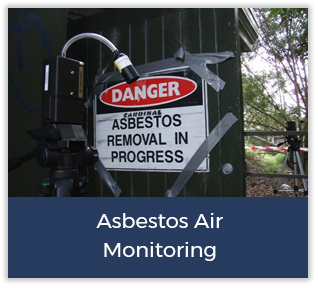
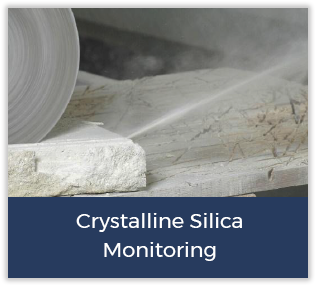

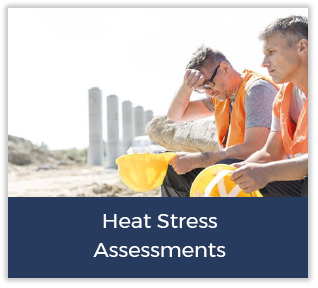
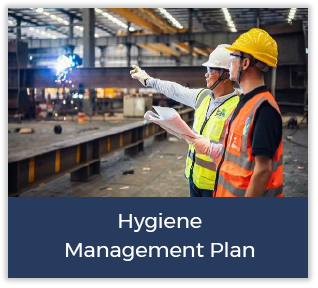

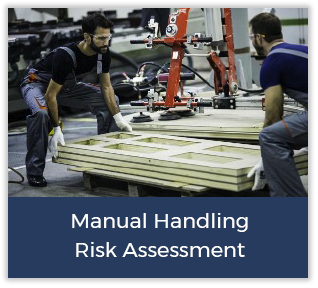
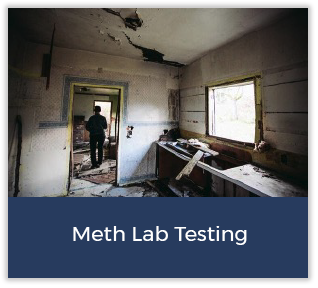
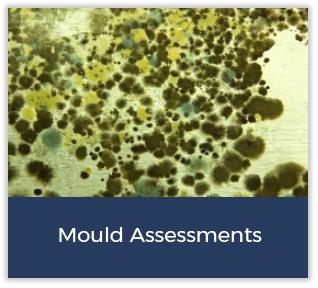
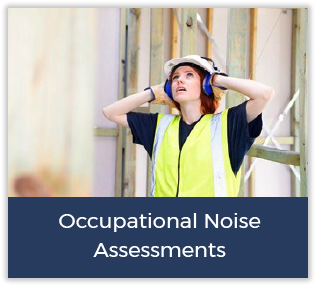
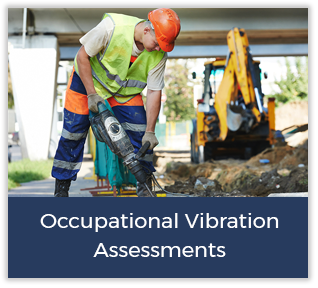
Call 1 300 856 282
Speak to our friendly team
Ask a Question
Use our online enquiry form for a quick quote
Newsletter Sign up
Get the latest legislation changes and news updates

